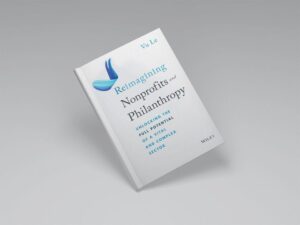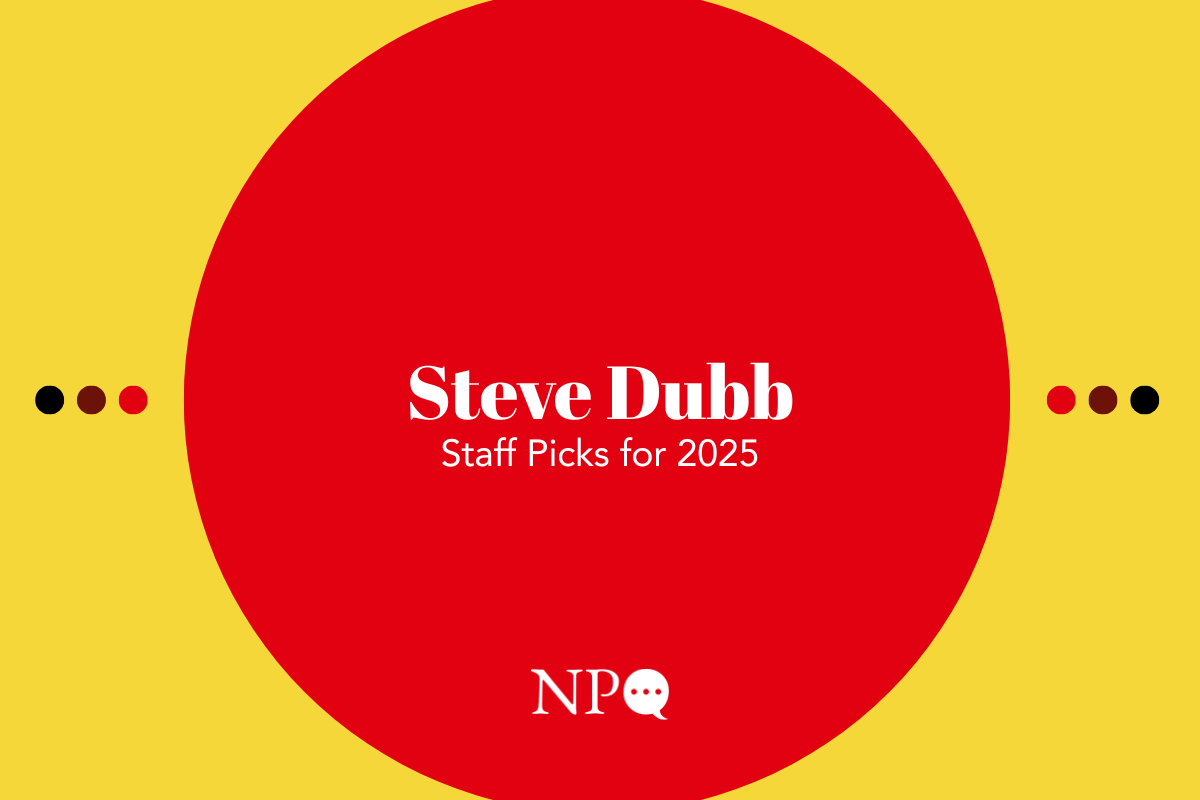
July 16, 2020; News Chief (Winter Haven. FL)
For years, advice columns like Dear Abby, Ann Landers, and Miss Manners have provided millions with guidance. For the cost of a first-class postage stamp and envelope, anyone could write a letter and get free anonymous advice. Pre-internet, it was the print equivalent to a soap opera that allowed us to peer into the lives of others while catching up on all the daily news that was fit to print.
Living on in the internet age, the Miss Manners advice column that ran last week featured a distraught young professional who was new to nonprofit board service. The newly minted board member was seeking advice on a plethora of intertangled dynamics around adding a seasoned volunteer to the board.
The column’s headline was “Politely Keeping Someone Off Nonprofit Board.” The writer had several grievances with the proposed board member, and being in a small town, sought out Miss Manners for the rules of courtesy to handle the issues that were bubbling up. In the eyes of the board member seeking advice, some of the accusations ran the gamut of allegedly botched paperwork, out-of-control spending, and grant mismanagement—all at the hands of this volunteer and board candidate.
The difficulty came in the fact that the volunteer also did a hefty amount of work for the organization, and there appears to have been zero discussion on the shortcomings that, according to the letter writer, could have dire consequences.
Sign up for our free newsletters
Subscribe to NPQ's newsletters to have our top stories delivered directly to your inbox.
By signing up, you agree to our privacy policy and terms of use, and to receive messages from NPQ and our partners.
The new board member felt some ways to deal with this issue (as a trusted leader of the organization) might be to abstain from the vote to add her to the board or to fake being sick until the whole mess was resolved. Miss Manners suggested that the board member request an executive session away from the prying eyes of the public and without the volunteer, and then moved on to the next reader’s conundrum.
At first blush, Miss Manners provides a decent answer for someone from outside the nonprofit sector. It is certainly an improvement on faking sickness or abstaining from a vote without prior discussion of concerns. It also cuts to the bone of several points of nonprofit management that can often be conduits for contention and discord. But her response also avoids some key questions we should be asking ourselves.
- Who Serves on the Board and Why? Does your board have a matrix for recruitment of future board members? Have you committed the cardinal sin of having someone just bring someone they know (who knows nothing of your mission) to the board meeting and voting them on only to wonder why they disappear two meetings later? Do you have a leadership committee that is scouting new talent, talking about them over multiple meetings before they are voted on, and using the matrix? Does it include a true plan for diversity? And we are talking about true diversity in geography, age, experience, race, class, gender, sexual orientation, and life experience. You know, beyond just having people from two different banks serve.
- You Had Me at “Proper Onboarding.” Do you have a proper onboarding process, and are those who are new to board membership mentored in a way that instills in them the “how and why” of process and polices but preserves their individuality and unique perspective that you knew you needed on the board in the first place?
- Use of Volunteers. Are you evaluating your use of volunteers for more than just your 990? COVID-19 has shown us that nonprofits that fulfill critical program roles with volunteers need a Plan B, C, and D for times when the elderly volunteers or those with health conditions need to shelter in place for their own safety. For small nonprofits, there are times when you just don’t have the staff to properly utilize and manage volunteers. Not every volunteer is a fit for the job they want to do or thinks needs to be done for the organization.
- Open Communication and Feedback. Do all of the staff, board members, and volunteers receive proper feedback on compliance, outcome data, and financial information that they need to do their jobs? Everyone having access to information can tame wagging tongues. What’s one person’s paperwork nightmare is a required federal contract reporting process to another. Things are so subjective when passion entangles our rational thinking.
When it comes to self-evaluation for the board, Joan Garry even has—for free on the internet—a self-assessment tool for board members. Called her “Big BAT,” it allows members to rate themselves from “dead weight” to “self-starter.” Arguably, it can only really be helpful if the other ingredients are in place, such as people knowing why they are there and having a full picture of what the organization is doing. Open channels of communication can spot misinterpretation of information.
Perhaps if this letter had been pre-COVID, it would have had their air of small-town gossip and a touch of humor for the reader. These are, however, not ordinary times—not for us personally, or for the organizations that we serve. Nonprofit services and programs are needed now more than ever. Food banks are teetering on the edge of instability as they are called upon to address food insecurity on a mass scale- something they were never intended to do. A housing crisis of Biblical proportions looms just as a grab bag of state and federal unemployment and assistance programs end for families and employers. Childcare and healthcare access, even for the young and relatively healthy, are at crisis tipping points. All this is happening as the middle-class donor base’s financial foundation is run through the proverbial shredder.
Those who serve on nonprofit boards are needed now more than ever. Their voices, experience, and leadership are key ingredients that will carry us through these messy, chaotic, and frightening times, allowing the programs they offer to not only continue to exist but to evolve. While civility is always needed in the board room, now just might be the time to excuse Miss Manners from the meeting.—Carrie Collins-Fadell











